Window Replacement: Should You Repair or Replace Your Home’s Windows?
‘Should I repair or replace my home’s windows?’ is a question many of those undertaking a major renovation project will ask themselves. It’s true that your home’s windows are a vital part of its character. They work alongside the external cladding and roofing materials to form part of an architectural picture that sets the tone for the rest of the property.
So, if you’re tackling a renovation project and your fenestration needs attention, deciding on exactly how to proceed and whether to specify a window replacement is not something to be taken lightly.
Knowing whether to replace windows isn’t straightforward and will vary by type, house and age. Some warning signs to look out for include:
- Your home seems hard to keep warm. Windows could be the culprit, so check whether they are noticeably draughty, letting warmth leak out and cold air in.
- Chips or cracks in your glass.
- Water leaking in.
- Condensation forming between sheets in your double glazing (essentially a window’s death sentence).
- The windows are struggling with basic functionality, for example, they’re difficult to open and close.
Here’s your guide to a successful repair or window replacement.
Should You Repair Your Windows Instead of Replacing Them?
If you’re taking on a major renovation project that features tired-looking windows, it can be easy to rush into the idea of switching them out for a new window replacement. But this isn’t the only option, as damaged units can often be brought back into service by an experienced joiner or specialist company.
Indeed, you may find that it makes more sense to refurbish what you’ve already got. This is particularly true if you live in a period property, where preserving original examples could be key to maintaining the house’s character and value (keep scrolling for more on this).
Even windows that appear to be rotting (telltale signs include flaking paint, sticking sashes and spongy wood that can be easily dug out with a screwdriver) can be successfully refurbished. Cills and lower rails are notorious weak points but are fairly easy to solve. So, depending on the extent of the work, it may prove cheaper to repair rather than opt for replacement windows.
Learn More: Home Renovations: 10 Steps to Successfully Renovating a House
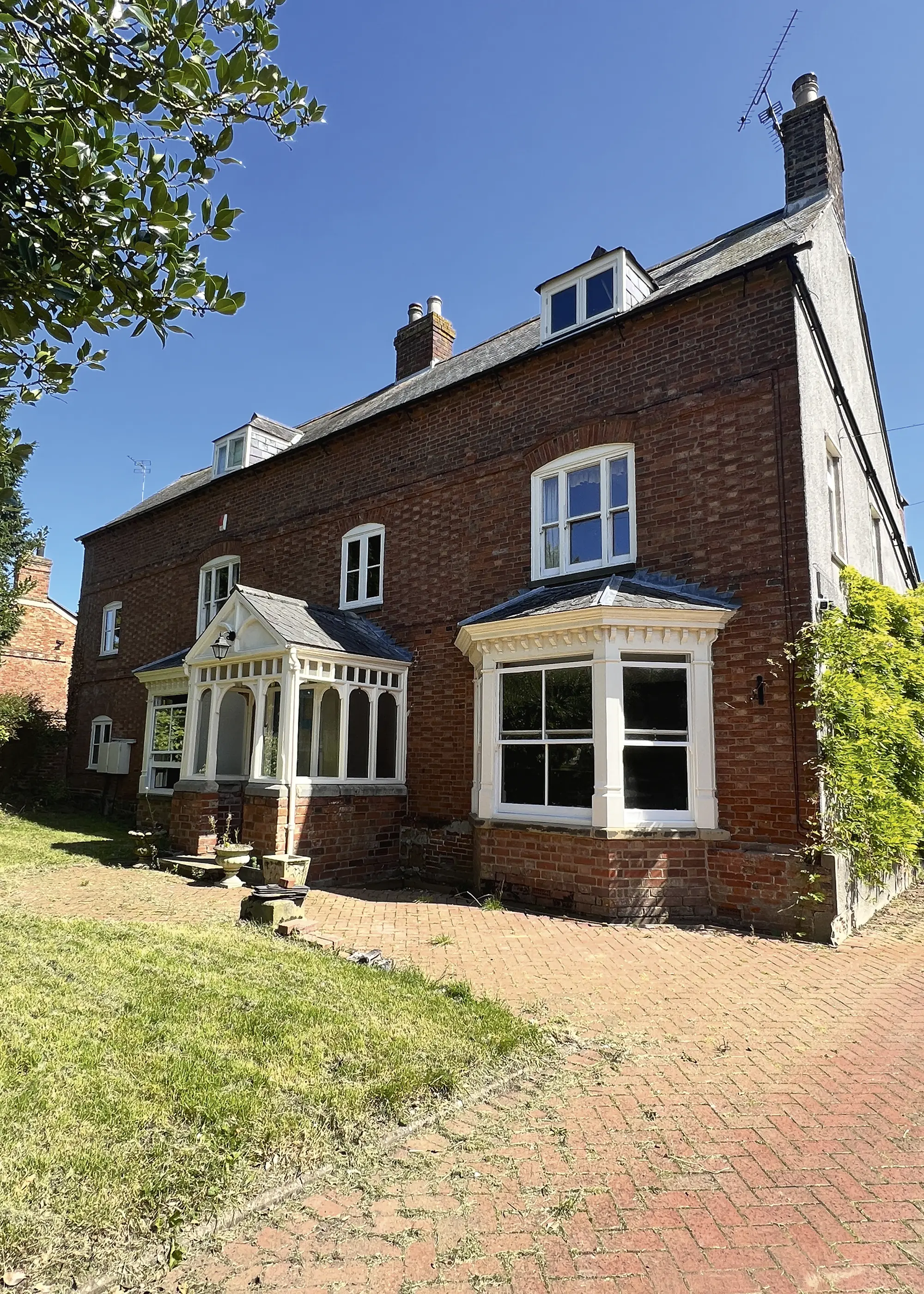
This period home has original Georgian and Victorian timber windows, which have been well-maintained and still have many years of good service to offer
The exact process of repairing your windows will depend on the issue at hand and underlying condition of the window frame. Typically, any decaying timbers can be cut or routed back to sound wood and new sections (moulded to match the originals) scarfed into the frame. These are then sealed and primed, ready for decoration.
If necessary, the entire window can be removed, repaired and reinserted – although this has obvious cost implications. If you do wish to upgrade to double glazing, specialist companies may be able to replace the individual sashes within new slimline versions. This allows you to retain much of the original unit, preserve the traditional profile and still get the benefit of improved comfort levels.
Fixing Draughty Windows
Another common issue that can develop over time is draughts. This is the most common cause of significant heat loss through old windows (even more so than through single glazing). In some cases, cracks and gaps might be clearly visible; in others there may be signs of mould or condensation that direct you towards the problem area.
There are two main routes to upgrading your windows to eliminate draughts. You could insert appropriate draughtproofing strips (most firms will do this as a matter of course while repairing windows). Alternatively, you could fit secondary glazing behind the unit, on the internal side.
Both measures will also help to reduce noise issues and dust ingress. They represent the least intrusive ways to improve comfort levels while preserving a property’s appearance.
Should You Opt for a Window Replacement instead of Repairing Standard Windows?
Generally, significant repair is only really worthwhile on heritage units. There’s rarely much point in trying to salvage a decaying 1980s softwood window, for example, as few products from this era are likely to be of a high enough quality to merit refurbishment.
However, it could still prove cost-effective to replace panes that are misting up with condensation (usually a result of damaged seals) rather than stripping out the entire unit.
Corroded metal windows can also be brought back into good condition via specialist processes, such as acid pickling or flame cleaning (note that rust expands, so it often looks worse than it really is). Steel units suffering from bowing or similar issues can sometimes be repaired with new welded-in sections if necessary.
When is it Right to Replace Your Windows?
It isn’t always cost-effective to repair old units; sometimes getting rid of them and starting again is the only viable course. With period properties, this is particularly true if originals have previously been swapped out for cheap, inappropriate versions. This was unfortunately a commonplace practice in the late 20th century.
In such cases, reinstating more suitable fenestration could actually add value. It’s also a pretty safe bet if you have a property built post-1960 where the windows are no longer offering good service (unless it’s a particularly remarkable building that merits a conservation approach).
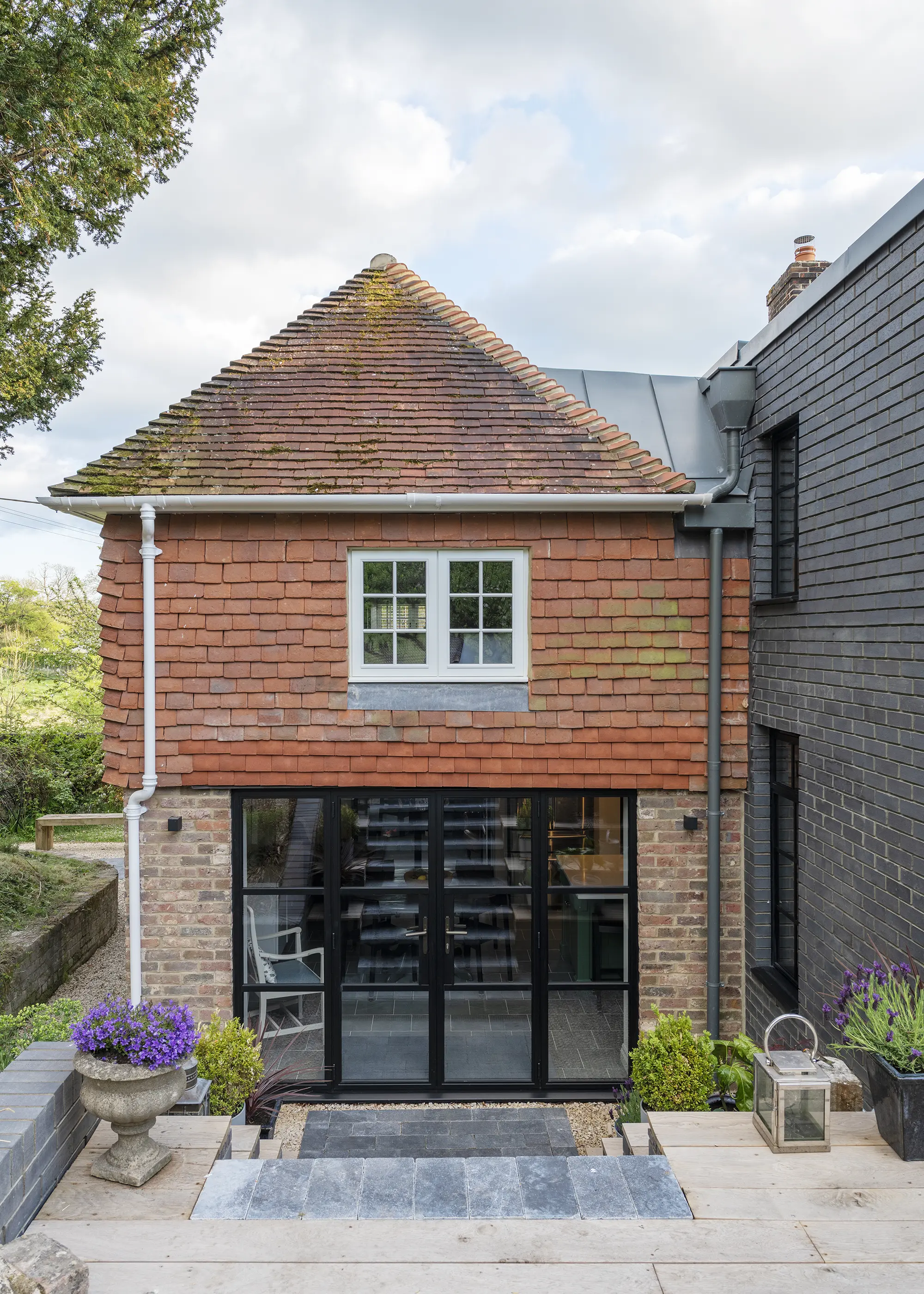
As part of their listed home renovation, Mark Camillin and Liam Denny replaced the original home’s single-glazed windows with conservation double-glazed hardwood models, alongside installing heritage-style aluminium bifolds and French doors. Photo: Richard Downer
Do You Need Planning Permission to Install a Window Replacement?
Typically, you don’t need planning permission in the UK to install a window replacement, as it falls under permitted development. There are, however, some exceptions:
- Listed buildings will need planning permission and specific listed building consent.
- Conservation areas (an area of special or architectural interest, affected by special rules) may need planning permission. Like-for-like replacements may be exempt, but always check with your local council.
- Rooflights protruding over 150mm beyond the plane of the roof slope or above the roof’s highest point.
- Fitting an upper-storey side window that isn’t a frosted version and can be opened.
- The addition of new bay windows.
If you are creating a new window rather than replacing one, this tends to be more contentious, especially if it overlooks neighbours. You will also need to apply to local building control if the opening is new or enlarged. It is always prudent to check local regulations, which you will find on your local council’s planning website.
Read More: 23 Home Improvement Projects You Can Do Without Planning Permission
Materials Options for Replacement Windows
Remember that windows aren’t just made of glass – the frame material is also an important factor. There are four main styles: PVCu, timber, aluminium and composite. So, which should you pick and why? The choice will come down to a number of factors, including affordability, energy efficiency, home type and planning considerations. Keep reading to find out how much each window replacement option will cost.
Timber Windows
Timber-framed windows are the most traditional and can be customised both in terms of colour and frame detail. They tend to add value and will be a key selling point to your home. Though they tend to be more expensive, they will, if cared for, last for a long time. Great in summer for keeping heat out, they will retain warmth well in winter.
Good-quality products come with guarantees on the finish, but will need upkeep over time. It’s best to avoid them in areas prone to damp, such as cellars, which could risk rot.
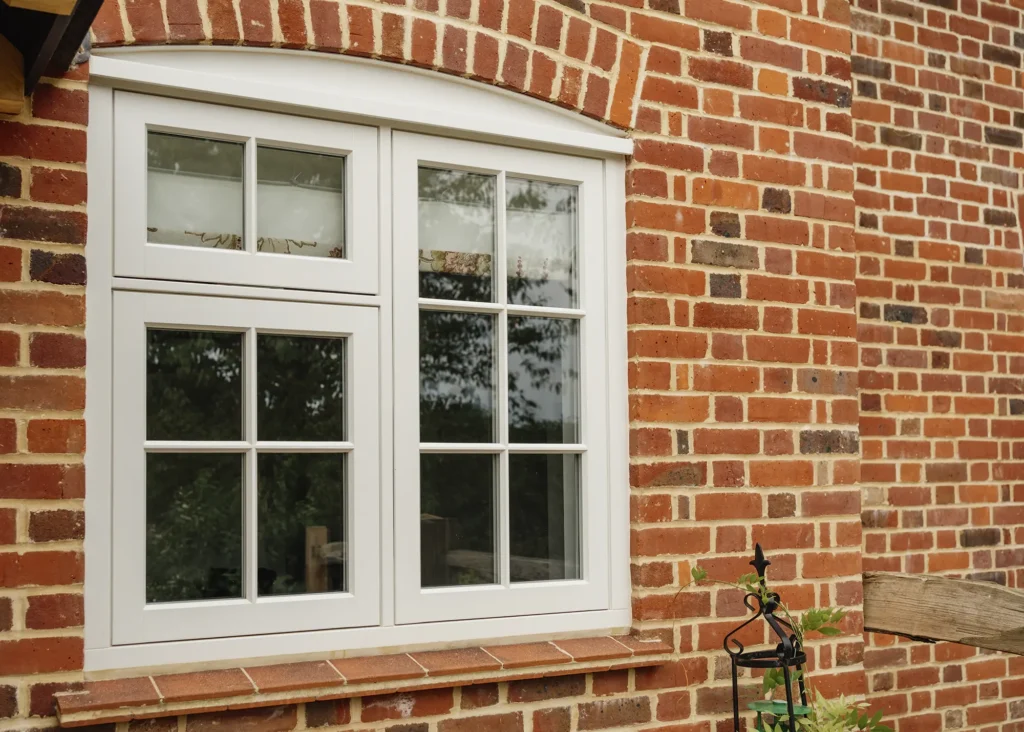
Perfect for those renovating a period home, this flush face casement window by Mumford & Wood is made from FSC-certified timber
PVCu Windows
PVCu products are probably the most widely-known alternative and have become a popular choice due to affordability. They are low-maintenance and provide good insulation, which can contribute to reducing household bills.
They are durable and resistant to weathering (though can discolour or fade) and modern designs do a good job of mimicking timber and have slim frames. Ensure you choose quality windows: they may cost slightly more, but will last longer and look much better than bargain-basement versions.
Aluminium Windows
Aluminium windows can be a great choice for contemporary homes and period properties. They are very efficient, low maintenance, long lasting (around 35 years) and, being 100% recyclable, are good for the environment. They come in a wide range of designs and colours, making them great for listed and conservation areas if you require heritage-style versions, and tend to add value to a home.
Price-wise, they’re in a similar bracket to timber. The drawbacks are that they can be susceptible to corrosion (if you live by the sea they will need coating in marine-grade powder) and can’t be painted, so any damage will need professional attention.
Composite Windows
Composite windows are usually timber covered with aluminium, but can be made from a combination of other materials such as PVCu and glass-reinforced plastic. The aim is to leverage the benefits of the combined materials to achieve durability and energy efficiency.
They tend to be excellent insulators, strong and long-lasting (around 40 years), plus low-maintenance and flexible in terms of design and colour. The downside is that they can be the most costly, partly as there are fewer suppliers to choose from, and often have fairly chunky frames.
Getting the Right Look & Functionality for Your Window Replacement
Windows can totally change the face of your house, so you need to get products that look right for your property and also work for your lifestyle. There are various things that make an impact; here are some things to consider:
Window Style
Casement windows have a hinge on one side that allows them to open outwards easily. This design is great for hard-to-reach areas and you can choose which side the opening is on based on what works for you. They’re very common, easy to source and often cost-effictive. Fixed designs don’t open, but are great for allowing light into dark areas or as a picture window. As they don’t have opening mechanisms, they’re often cheaper. Sash windows are common in traditional-style homes, made of panels that slide vertically. Roof windows are designed to allow light into lofts or extensions.
Window Shape & Size
You might choose to stick with the same dimensions when replacing windows. But if you’d like a change you may want to consider larger, non-obstructed windows – perhaps to capture beautiful views. Or for more privacy, go for smaller or even frosted options.
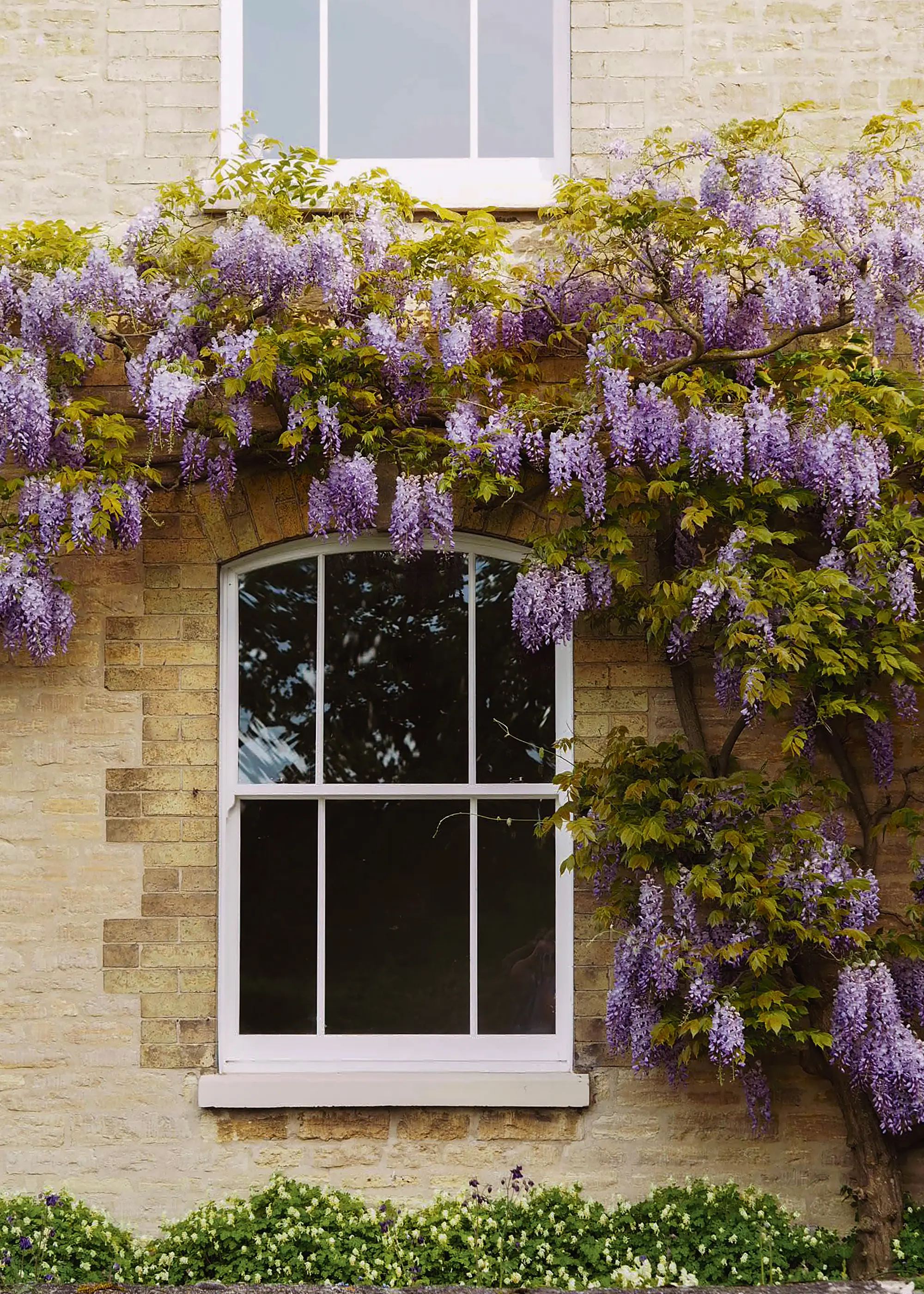
The Ultimate Rose PVCu sash window from Roseview has slim, timber-like profiles and period features
Window Replacement Design
Larger windows with just one glazed panel are often associated with contemporary homes. Compared to older designs with multiple panels and more framework, they should be more energy efficient, but they can be heavy and costly to install. Smaller panes are often associated with more traditional homes, as it was cheaper to glaze them.
As an overall rule, multi-pane windows with lots of detail are more common in period homes. New designs can achieve this with plant-on glazing bars to preserve efficiency. Contemporary buildings often demand simplicity with minimal framing widths and bigger, cleaner-style glazing.
Window Furniture
The hardware on your windows are also key to the look and function, and will vary by type. For instance, casement units will need stays and fasteners to hold them open or to fix them closed, while sash windows need lifts to open and stops to lock them closed.
Window furniture costs depend on style and material; you’ll want it to match your interiors and the style of glazing. More traditional options include aged brass or black monkey tail handles, with more modern designs in stainless steel.
Learn More: Window Opening Styles & Configurations: The Complete Beginner’s Guide
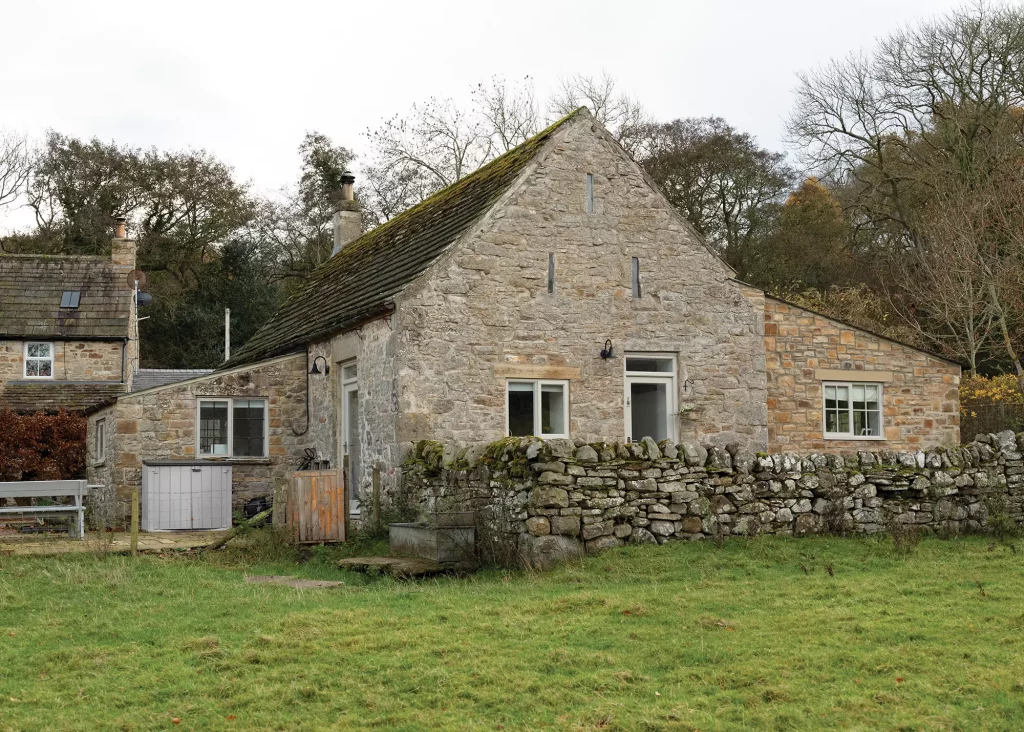
As part of renovating this 1700s stone barn, Rachel and Gareth Black installed two doors where windows used to be and a brand new window to make the most of the countryside views. Photo: Jeremy Phillips
Upgrading Your Home & Window’s Energy Performance
Replacing windows can hugely improve your home’s energy efficiency. A window’s energy performance is influenced by many factors, such as material and type of glazing (double and triple glazing work by trapping air or gas inbetween the panes, reducing heat transfer). Energy efficiency ratings are an accessible way to gauge performance. Ratings from A++ to E are provided by The British Fenestration Rating Council, who assess the frame and glass, analysing heat loss and solar gain.
You should balance energy efficiency rating or options such as triple glazing with the savings you will make on heating bills and period of pay back. The materials used will also impact on the product’s performance: windows with argon or krypton gas can provide enhanced insulation; glazing with low-e coatings can further minimise heat loss; high quality seals and weatherstrips are vital; and frames made from PVCu, timber or aluminium with thermal breaks are key.
Ventilation Requirements for New Windows
As modern energy efficient windows are now more airtight with higher levels of insulation, without factoring in appropriate ventilation, there’s a risk of poor quality air building up inside homes, leading to problems with mould and condensation. In June 2022, Building Regulations were updated to help improve ventilation and address this issue. This means that if you are now replacing windows, in most cases they will need a trickle vent (a device allowing fresh air to naturally circulate, providing ventilation and reducing pollutants).
There are certain exemptions, including listed buildings, conservation areas and certain other historic buildings with vapour-permeable construction. You can also choose to use other ventilation solutions if you can demonstrate to building control that they satisfy requirements.
Read More: Specifying Energy Efficient Windows: Your Questions Answered
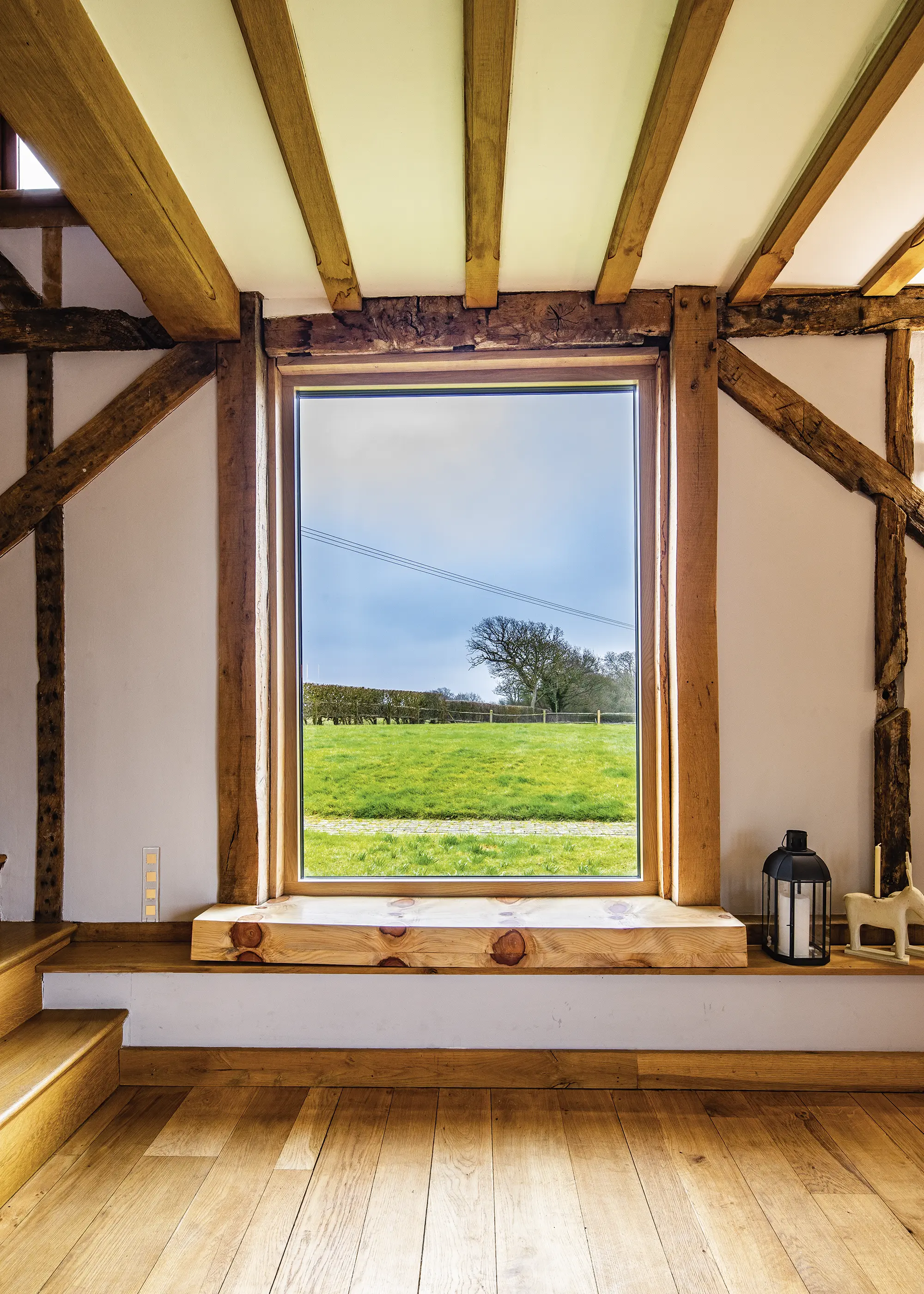
Internal timber framing completes this sleek alu-clad picture window by Norrsken
Who Should Install My Window Replacement?
Anyone can install your window replacement; you, a window company or a builder – but unless they’re a FENSA or CERTASS registered installer, you’ll need to apply for approval from building control before installing. As a result, most people will use a registered installer who can self-certify their installation and provide a certificate (which you’ll need if you sell your home). Keep in mind that window installation is a skilled job and getting measurements right can be tricky, so it’s highly recommended to use a professional.
You can either work with a supply and install company or source the windows separately and have someone fit them. The latter may be a slightly cheaper option if you are sourcing windows yourself. Plus, it can give you more flexibility if you want specific windows that more mainstream companies don’t provide.
Conversely, supply and fit companies may be able to offer with enhanced guarantees and warranties for product and installation. Having one point of contact helps to simplify things and they often have deep expertise you can leverage.
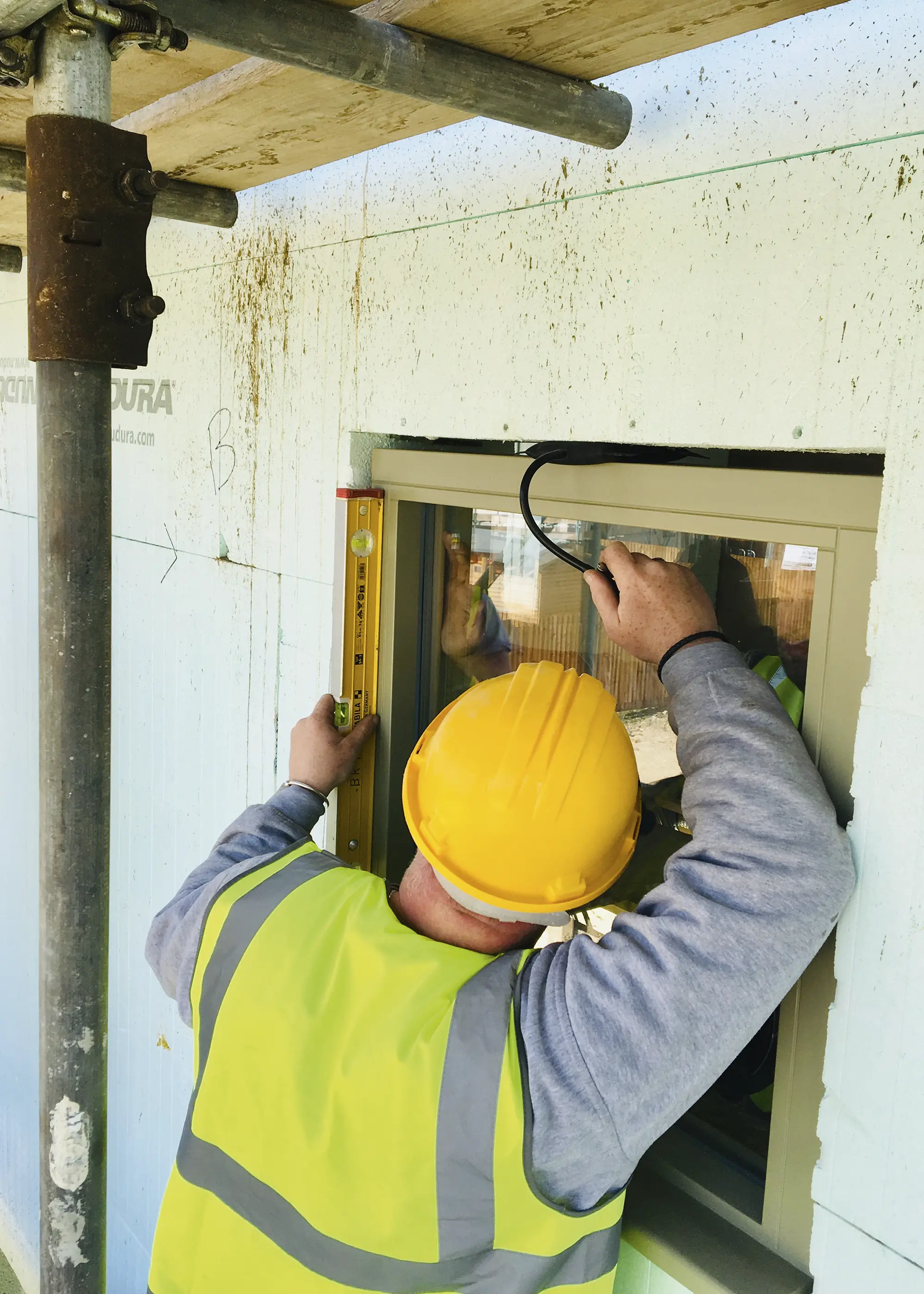
A member of Kloeber’s install team fits and seals a timber window into the insulated concrete formwork (ICF) walling system at the Build It Education House. Correct installation is vital for realising long-term performance
Whichever installation route you choose for your window replacement, it’s always a good idea to find your installer based on recommendations, making sure you have spoken to previous clients and seen their work. Check reviews on Google, Checkatrade and social media and verify they are either FENSA or CERTASS registered, which means they know their stuff.
How Much Do Replacement Windows Cost?
How much will it cost to purchase a window replacement? Well, with the variety on offer comes huge cost variation, but as a rule, composite windows will be at the higher end, with PVCu at the lower. If you are replacing original styles that include lots of glazing bars and detailed ironmongery, this will increase the price further. It is always worth getting quotes from a range of installers – try to get at least three quotes from a range of both large and independent companies.
You can also look at the difference between sourcing yourself and a supply-and-install service. In addition, replacing all the windows at the same time should save you money compared to a piecemeal approach, as labour costs will be smaller per unit.
To give you a ballpark for how much to budget, the average costs for double glazed windows and installation in the UK for a three bedroom semi-detached house with around 10 casement windows are:
- PVCu £6,000-£8,000
- Aluminium £9,000-£11,000
- Timber £14,000-£18,000
- Composite £20,000-£30,000
Of course, there are lots of factors that can impact this including location, size, quantity and design. Any structural changes will obviously cost more and could need the services of additional tradespeople, such as builders (as well as potentially needing building control approval). Don’t forget to check that quotes include disposal of any waste relating to the job, such as old windows. Otherwise you will need to pay for that yourself. Also consider whether there is anything you can reuse or sell before agreeing to have it disposed of!
More Advice: Window Prices – How Much Do New Windows Cost to Buy & Install?
This article was originally published in April 2021 and has been updated in March 2024. Additional content by Build It’s renovations expert, Kate Sandhu.
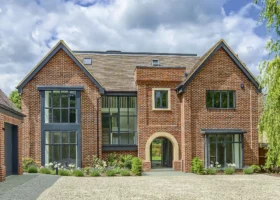






























































































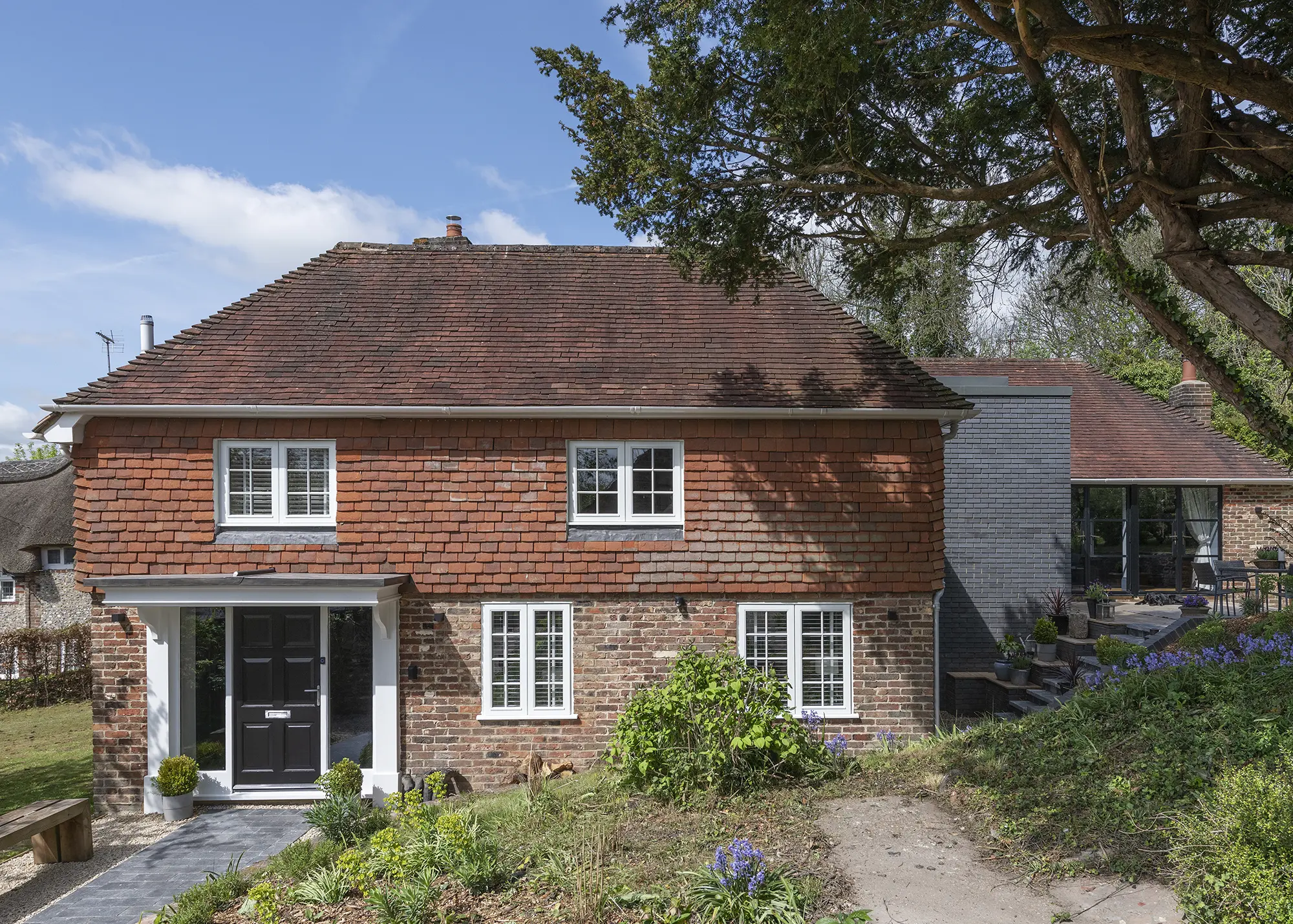
 Login/register to save Article for later
Login/register to save Article for later

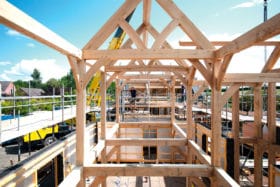

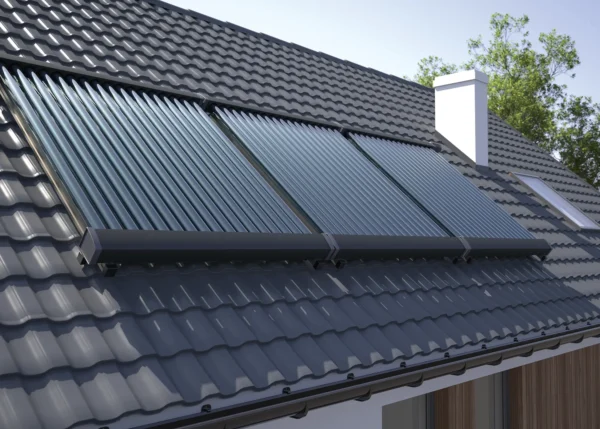

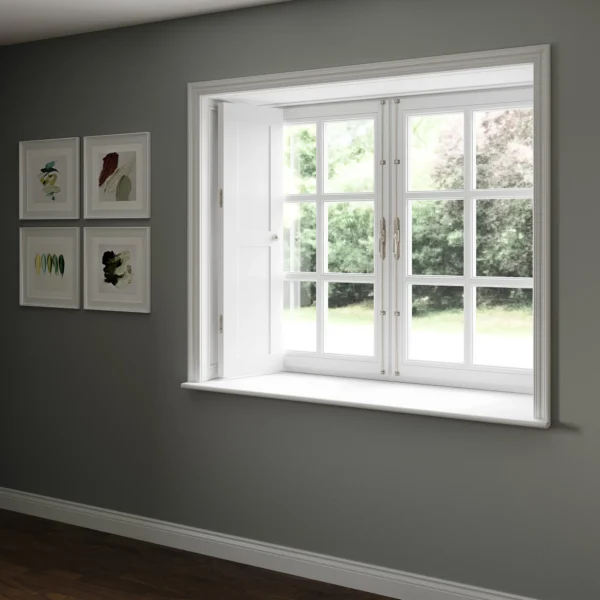
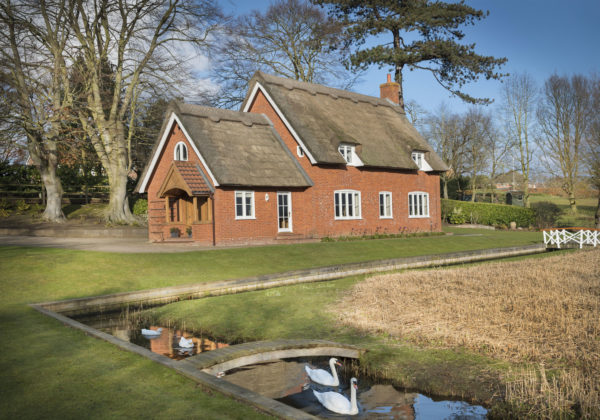
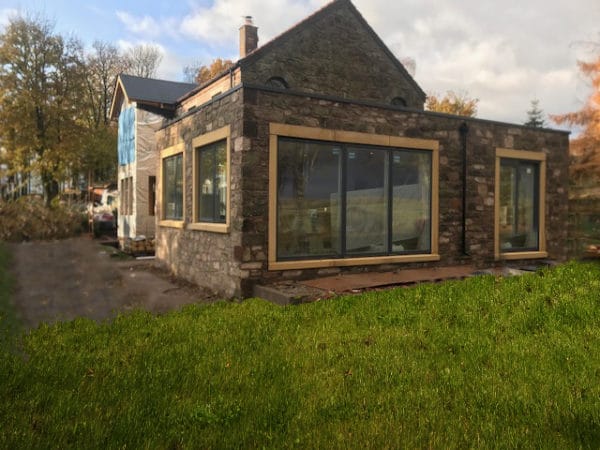
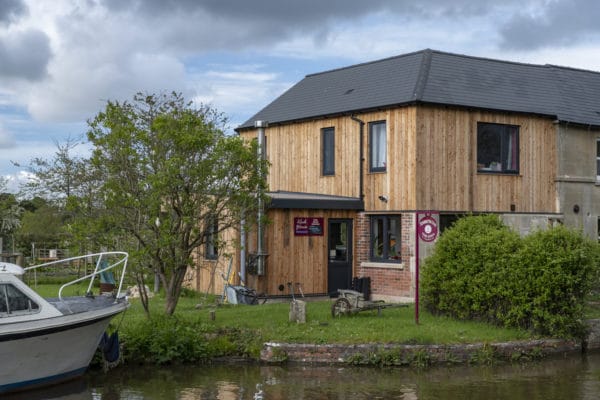




Comments are closed.